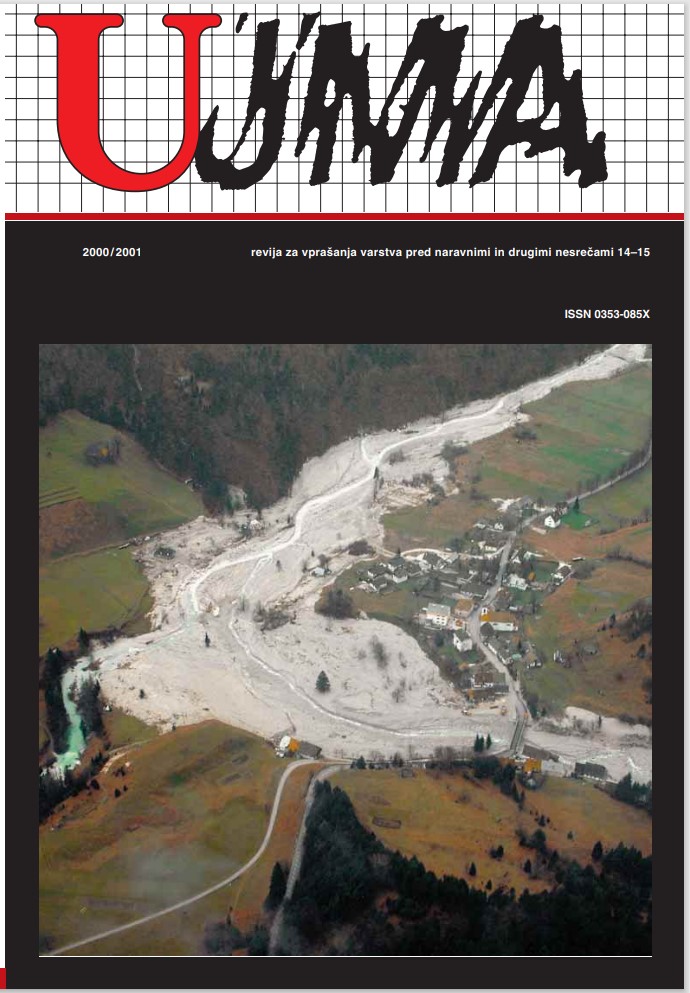TRACKING OF A STORM SYSTEM ON 27 JUNE 1998
Abstract
The tracks of storm cells derived from radar and/or lightning discharge measurements can be combined with numerical weather analyses or forecasts in order to obtain the characteristic parameters determining the severity and motion mode of storms and storm systems. The most important parameters are convective available potential energy (CAPE), which exceeds 2000 m2/ s2 for severe deep convection, storm-relative environmental helicity (SREH) which (according to U. S. literature from) exceeds 150 m2/ s2 in the case of super-cell development, wind shear and low level relative inflow. The storm presented here (27th June 1998), which caused substantial damage due to hail and strong gusts of wind has been developed in an environment with SREH values ranging from 30 to 50 m2/ s2 (which is below the mentioned threshold value) during the mature stage of the system (when most of the damage occured). Also, the difference between storm motion and low-level wind seems to be a good indicator of the storm’s remaining further life time. These facts can contribute to short term forecasting and nowcasting of severe deep convection.
References
Gregorič, G. in Poredoš, A., 2001, Zelo kratkoročne in zdajšnje napovedi neviht. V: 14.–15. številka revije Ujma.
Conway, B. J., Gerard, L., Labrousse, J., Liljas, E., Senesi, S., Sunde, J. in Zwatz-Meise, V. (uredniki), 1996, COST78-Meteorolgy; Nowcasting, a survey of current knowledge, techniques and practice – zbornik del, Luxembourg.
Jaeneke, M., 1998. Nowcasting, ICCED Training Workshop on Nowcasting 1998.
Downloads
Published
Issue
Section
License

This work is licensed under a Creative Commons Attribution-NonCommercial-NoDerivatives 4.0 International License.
The articles are made available to the public under Creative Commons Attribution-NonCommercial-NoDerivatives 4.0 International (CC BY-NC-ND 4.0).


